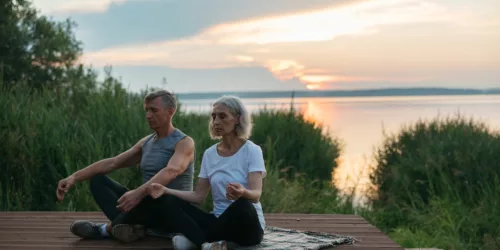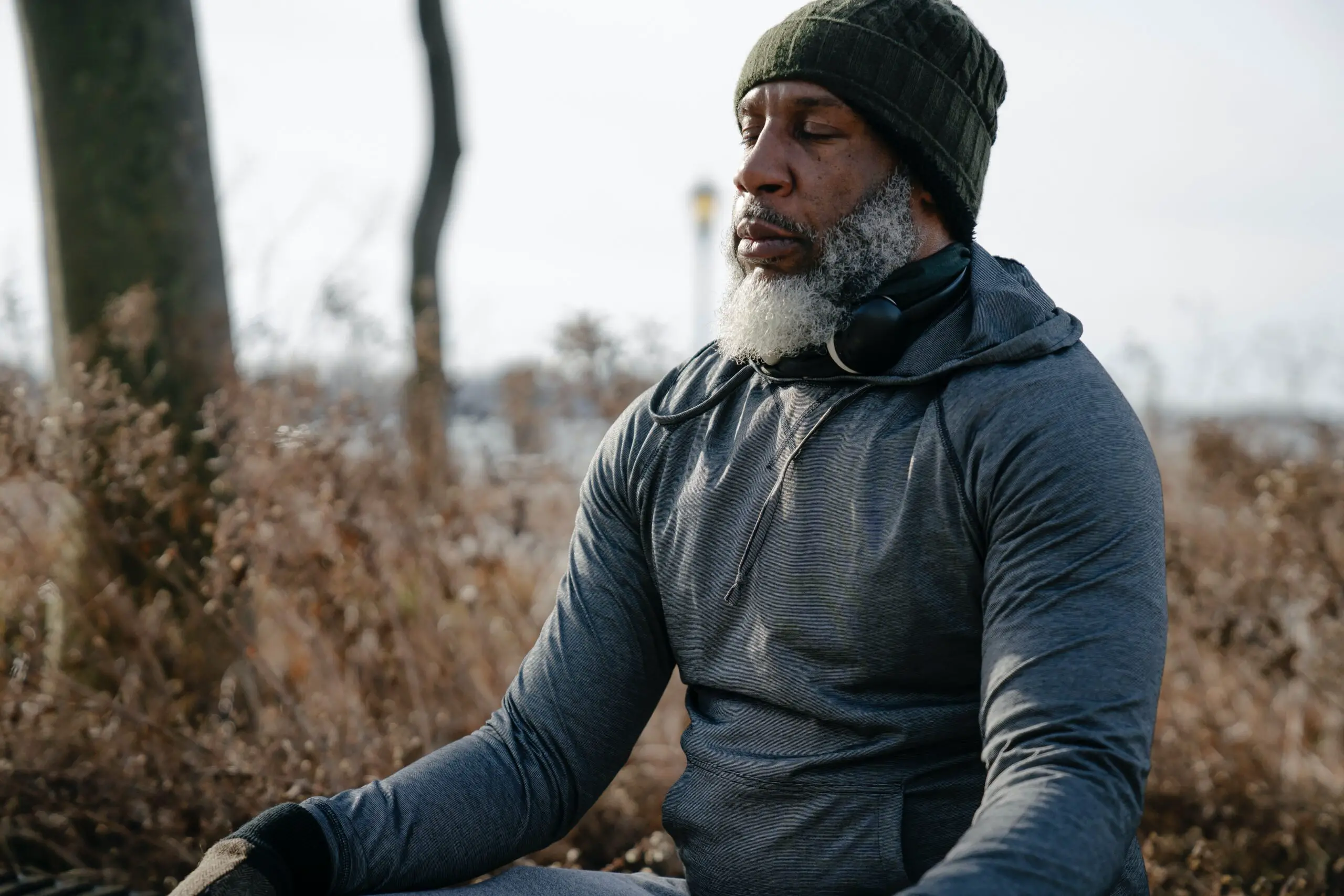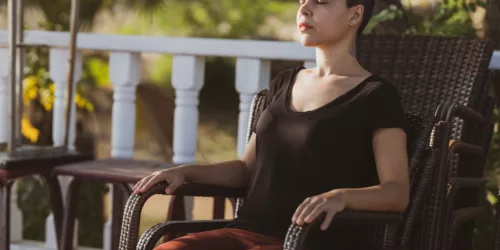5 Anxiety Breathing Exercises to Calm Your Mind and Reduce Stress

Feeling overwhelmed by stress and anxiety? You’re not alone. Millions of people around the world struggle with their mental health, but there are ways to manage it.
Anxiety breathing exercises can help you find peace of mind and reduce stress levels. In this article, we’ll explore five easy techniques that can make a positive impact on your wellbeing.
Learn how to use these calming methods to achieve better mental health in no time!
Key Takeaways
- Breathing exercises can help reduce anxiety and stress by calming the mind and body.
- Different types of breathing techniques, such as abdominal breathing and box breathing, can be explored and practiced.
- The benefits of anxiety breathing exercises include improved mental clarity, reduced stress levels, and accessibility anytime, anywhere.
- To incorporate anxiety breathing exercises into daily routine, establish a regular practice time, be mindful of lifestyle changes, and develop awareness of emotions.
Understanding Anxiety and Stress
Understanding your anxiety and stress is the first step towards finding ways to manage them. It can be helpful to learn about what triggers your anxiety, as well as how your body and mind respond when you experience it.
Knowing these things helps us develop effective stress management strategies that allow us to more calmly cope with our anxious thoughts and feelings. When we know what sets off our anxiety, we can better prepare ourselves for situations in which we may feel overwhelmed or uneasy.
For instance, if a crowded room is an anxiety trigger for you, then having a plan on how to deal with the situation (such as going outside for some fresh air) can help reduce stress levels before they become too overwhelming.
In addition, learning relaxation techniques such as breathing exercises can be beneficial in calming down both your body and mind during stressful events.
Different Types of Breathing Exercises
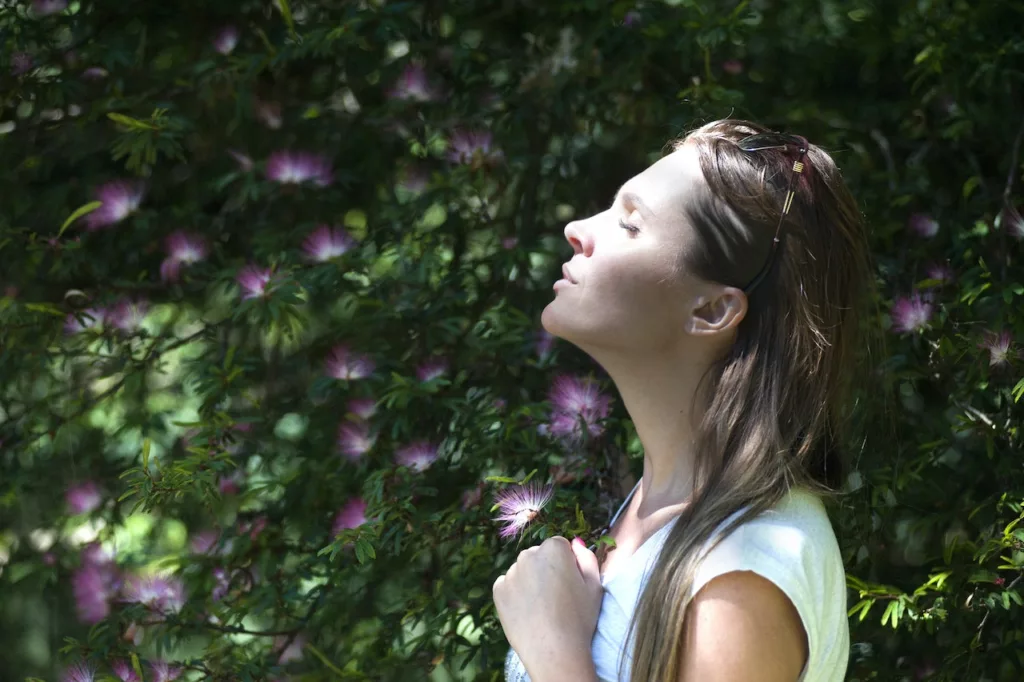
Try out different breathing techniques to find what works best for you. Mindfulness techniques like abdominal breathing, box breathing, and even alternate nostril breathing can be great ways to relax your mind and body.
Abdominal breathing focuses on taking deep breaths into the belly which helps slow down heart rate and settle anxiety levels.
Box Breathing is a four-second cycle of inhaling, holding the breath in for four seconds, exhaling slowly over four seconds, then holding the breath out for another four seconds before repeating again.
For those looking for something a bit more challenging, Alternate Nostril Breathing requires switching which nostril you are inhaling and exhaling through while focusing on relaxing each part of your body.
Each technique can help you focus on physical relaxation as well as mental clarity in order to ease stress levels.
Benefits of Anxiety Breathing Exercises
By practicing specific breathing exercises, you can experience a range of benefits to help manage feelings of anxiety. These calming effects can reduce stress levels and relax your body for improved mental clarity and focus.
Breathing exercises are simple relaxation techniques that are accessible anytime, anywhere. They are easy to learn and require no special equipment or setup. With regular practice, these beneficial techniques can provide long-term benefits in managing anxiety and stress. As an added bonus, they don’t cost anything!
By using breathing exercises as part of your wellness routine, you will be able to access a powerful tool for self-care that is always available at your fingertips.
Transitioning into the next section on ‘how to perform anxiety breathing exercises’, let’s explore how we can turn this powerful tool into an effective strategy for reducing stress and improving our wellbeing.
How to Perform Anxiety Breathing Exercises
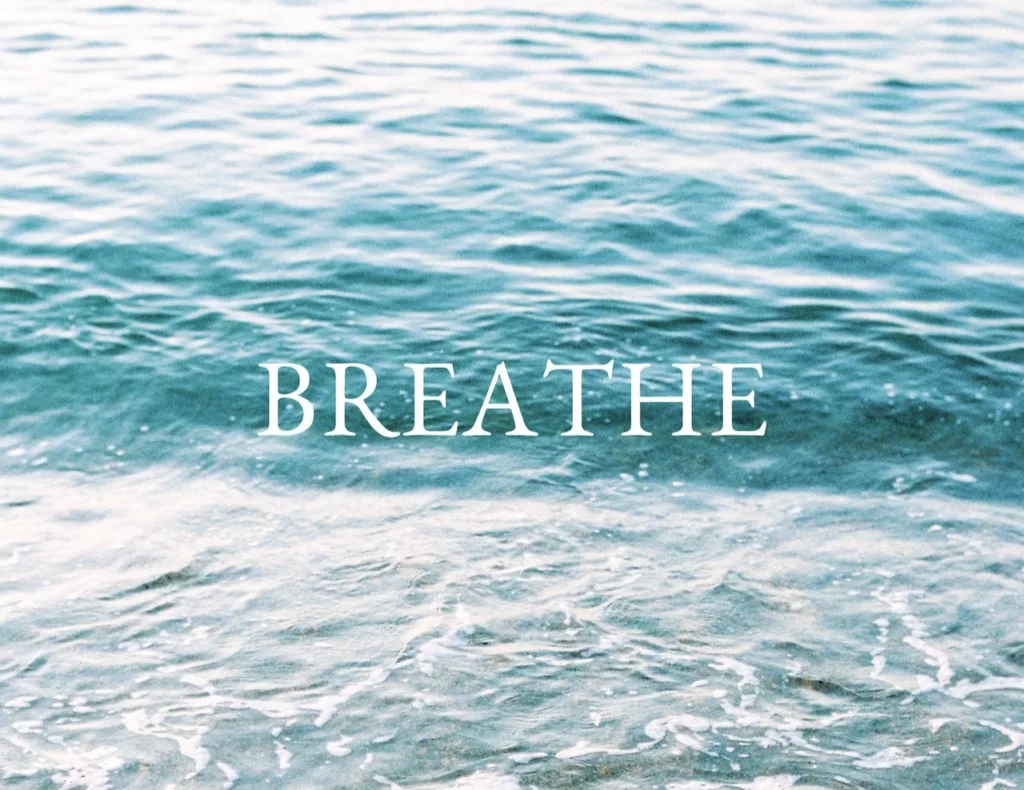
Practicing specific breathing techniques can be a great way to help manage feelings of anxiety and promote relaxation. By focusing on your breath, you may find that you can shift your awareness away from the emotional blocks associated with anxiety.
Deep breathing is one such exercise that can be used to reduce stress and calm your mind. To do this, inhale slowly through your nose while counting to four. Then exhale through your mouth while counting to four as well. Repeat this cycle for at least five minutes or until you feel more relaxed.
Additionally, progressive muscle relaxation is another technique that uses slow tensing and releasing of each muscle group beginning in your feet and working up to the face and head muscles.
As these exercises become second nature, they are easily incorporated into daily routines for greater peace of mind.
Tips for Incorporating Anxiety Breathing Exercises Into Your Daily Routine
Incorporating anxiety breathing exercises into your daily routine is an effective way to help manage feelings and promote relaxation. To make the most out of these practices, it’s important to establish a regular time for practice and be mindful of lifestyle changes that could support or interfere with progress.
Effective time management is key, as trying to squeeze in exercise at the last minute can be counterproductive. It may also be helpful to set reminders for yourself throughout the day to check in with your breathing or take a few moments for self-care.
Developing a sense of awareness about how you’re feeling and where you are emotionally can be beneficial when trying to incorporate anxiety breathing techniques into your life.
Frequently Asked Questions
What Other Methods Can I Use to Manage Anxiety?
I can manage my anxiety by making lifestyle changes and exploring alternative exercises. Exercise can help reduce stress, but there are other methods such as mindfulness or progressive muscle relaxation that can be just as beneficial. It’s important to find the right balance for yourself.
Are Anxiety Breathing Exercises Suitable for People of All Ages?
I believe anxiety breathing exercises can be suitable for people of all ages, depending on the severity and type of fear-based anxiety. Mental health counseling is always recommended to ensure that the exercises are beneficial and appropriate.
Do I Need Special Equipment or Training to Do Anxiety Breathing Exercises?
1 in 3 people experience mental health issues, yet anxiety breathing exercises don’t require special equipment or training. They are a simple way to help support your mental health and exercise regime. With the right guidance, they can be accessible to anyone, regardless of age.
Is There a Risk of Worsening Anxiety if I Practice Anxiety Breathing Exercises Incorrectly?
Yes, there is a risk of worsening anxiety if I practice breathing exercises incorrectly. Doing so may trigger emotional and fear responses which could further increase feelings of stress and anxiety. It’s important to understand the techniques before attempting them on my own.
How Long Should I Practice Anxiety Breathing Exercises for Maximum Benefit?
I’m investigating the best length of time to practice relaxation techniques for stress relief. I’ve found that taking regular short breaks throughout the day can help provide maximum benefit in calming your mind and reducing stress.
Conclusion
Anxiety breathing exercises are a simple and effective way to reduce stress and improve your overall mental health. Taking just a few minutes each day to focus on your breath can help you feel calmer and more relaxed. This allows you to better manage the challenges life throws at you.
As the old saying goes, “An ounce of prevention is worth a pound of cure.” Taking the time now to practice anxiety breathing exercises can save you much heartache down the road.
Additional Ressources
If you’re interested in exploring additional relaxation techniques, “The Relaxation and Stress Reduction Workbook” by Martha Davis provides a range of exercises for managing stress and anxiety. It includes techniques such as progressive muscle relaxation, visualization, and cognitive restructuring to help you reduce symptoms of anxiety and stress.



